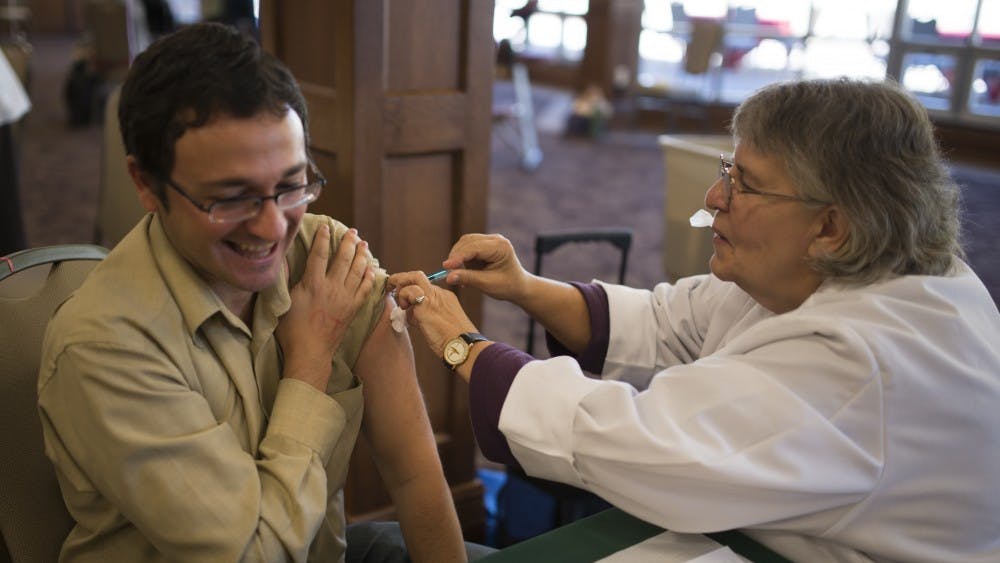Scientists from the National Institute of Allergy and Infectious Diseases have, for the first time, identified how the human immunodeficiency virus (HIV) enters some cells in the body, which might help them develop ways to fight the virus. They found HIV uses cellular attachment to help its entry into the human gut.\nLaura Sivitz, of the news and publication branch of National Institute of Allergy and Infectious Diseases, said the institute’s scientists have discovered alpha 4 beta 7, a cellular receptor that HIV uses as a handle to help facilitate its entry into certain T-cells in the gut. She said the study began about two-and-a-half years ago and was funded by National Institute of Allergy and Infectious Diseases. \nSivitz said this information can help the National Institute of Allergy and Infectious Diseases develop therapeutic methods designed to block HIV from entering the CD4+ T-cells, a type of white blood cells. \nIU Health and Wellness Center health educator Kathryn Brown explained that HIV is a virus that can lead to AIDS, a condition in which the immune system begins to fail. She said the virus is transmitted three different ways, but primarily through sexual intercourse. Other means of transmission include shared needles, birth and breast-feeding. Brown said although HIV is more of a concern in other countries, the U.S. should be concerned as well.\n“More than 40,000 people a year in the U.S. transmit the virus,” Brown said. \nFor now, however, HIV treatment and vaccines are somewhat limited, said Michael Reece, director of the Center for Sexual Health Promotion in the IU School of Health, Physical Education and Recreation. Reece said there is no vaccine that is widely available for HIV although several are in clinical trials, none have been approved to prevent infection. \nReece said medical advances in HIV treatment have been significant over the past two decades, but there is still no cure. Scientists have developed medicines to help stem the replication of the virus, resulting in people with HIV living longer than before. \nReece said it is too late to stop a widespread HIV outbreak, but prevention is still necessary. \n“We need to do what we can to prevent further HIV infections,” Reece said. “This requires several actions, including using condoms with sexual partners and avoiding the sharing of needles, learning your HIV status by getting tested, and if positive for HIV, adhering to medical regiments that help to slow the progression of infection.”
Scientists identify new cellular receptor for HIV
Virus uses attachment to facilitate entry into the gut
Get stories like this in your inbox
Subscribe





